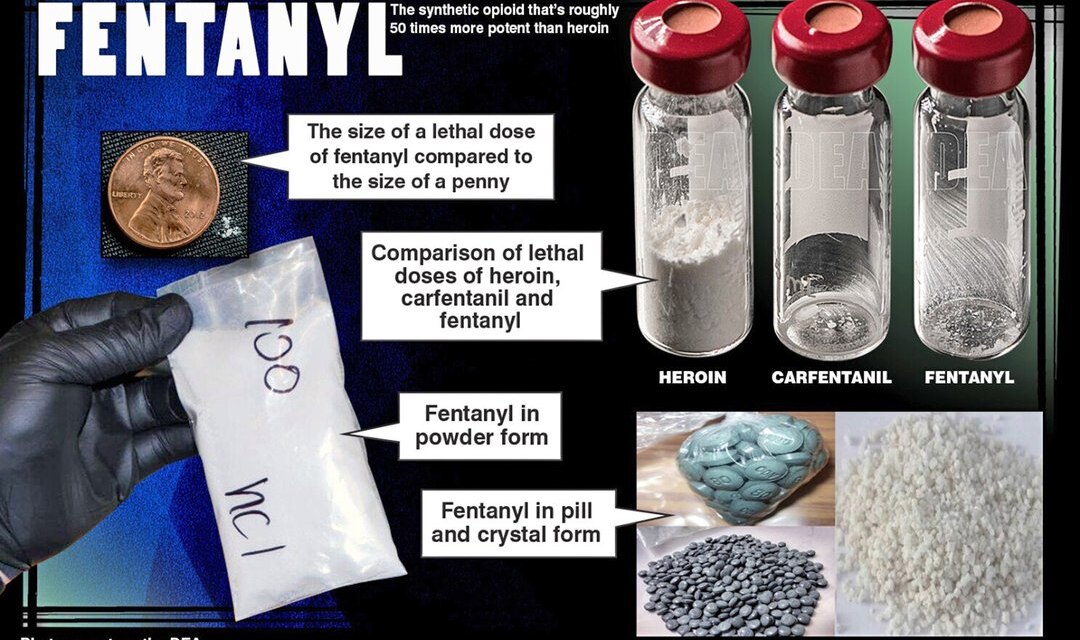You’ve probably seen stories like this one in the popular media, in response to the latest major shift in the opioid epidemic. One that has had quite an impact on overdose fatalities.
Fentanyl plus stimulants drives ‘fourth wave’ of overdose epidemic in the U.S.
For professionals, here’s something in the way of a more complete analysis, courtesy of an NIH publication.
A sea-change in the composition of street drugs is behind it all. It was first noticed in overdose death data back in 2015. At the time, such deaths usually involved a stimulant such as methamphetamine or cocaine, to which fentanyl had been added, with or without the user’s knowledge. The vast majority of that fentanyl had been produced illegally, probably by sources in Mexico.
As time passed, it became clear that the opioid content in such mixtures sometimes involved so-called ‘novel’ substances – for the most part, new opioids, close relatives of fentanyl but different enough that the usual doses of naloxone we depend on to revive overdose victims simply wouldn’t do the job. Extra naloxone doses were required to lift the victim out of a coma and lower the risk of respiratory arrest and death.
Translation: New barriers had emerged that would result in still more fatalities.
Most of the deaths appeared to result from IV use. That suggests an experienced user seeking to relieve withdrawal discomfort. But was the user aware that at the time that the substance contained a dangerous dose of fentanyl? Difficult to know for certain.
“It’s just sad,” remarked one observer. “They’re already hooked, so now they have to use it, buy it, commit crimes to get it. And then they can’t even get high anymore.” Only less sick, for a short while.
That’s a pretty good description of addiction. It’s just not much fun. Especially for the addicted.













